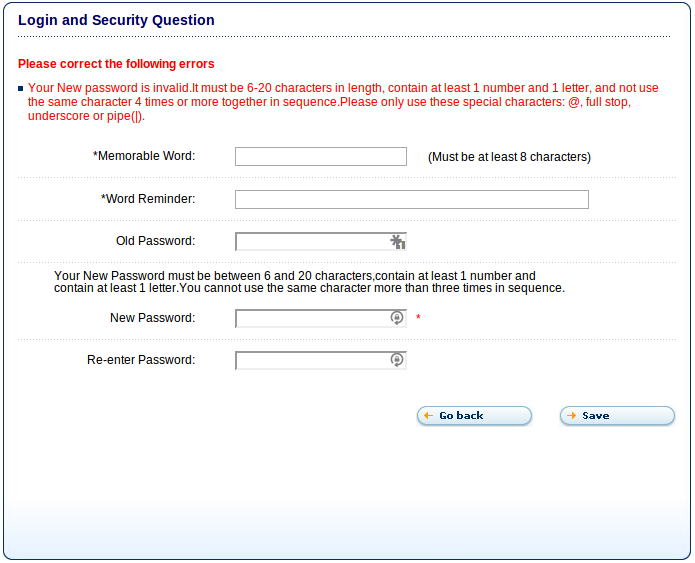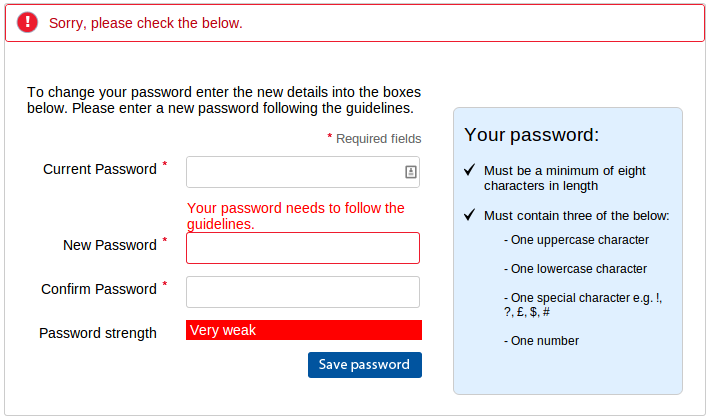Valhalla's Things: Macrame Bookbag
Tags: madeof:atoms, craft:macrame
 In late 2022 I prepared a batch of drawstring backpacks in cotton as
reusable wrappers for Christmas gifts; however I didn t know what cord
to use, didn t want to use paracord, and couldn t find anything that
looked right in the local shops.
With Christmas getting dangerously closer, I visited a craft materials
website for unrelated reasons, found out that they sold macrame
cords, and panic-bought a few types in the hope that at least one would
work for the backpacks.
I got lucky, and my first choice fitted just fine, and I was able to
finish the backpacks in time for the holidays.
And then I had a box full of macrame cords in various sizes and types
that weren t the best match for the drawstring in a backpack, and no
real use for them.
I don t think I had ever done macrame, but I have made friendship
bracelets in primary school, and a few Friendship Bracelets, But For
Real Men So We Call Them Survival Bracelets(TM) more recently, so I
didn t bother reading instructions or tutorials online, I just grabbed
the Ashley Book of Knots to refresh myself on the knots used, and
decided to make myself a small bag for an A6 book.
I choose one of the thin, ~3 mm cords, Tre Sfere Macram Barbante, of
which there was plenty, so that I could stumble around with no real plan.
In late 2022 I prepared a batch of drawstring backpacks in cotton as
reusable wrappers for Christmas gifts; however I didn t know what cord
to use, didn t want to use paracord, and couldn t find anything that
looked right in the local shops.
With Christmas getting dangerously closer, I visited a craft materials
website for unrelated reasons, found out that they sold macrame
cords, and panic-bought a few types in the hope that at least one would
work for the backpacks.
I got lucky, and my first choice fitted just fine, and I was able to
finish the backpacks in time for the holidays.
And then I had a box full of macrame cords in various sizes and types
that weren t the best match for the drawstring in a backpack, and no
real use for them.
I don t think I had ever done macrame, but I have made friendship
bracelets in primary school, and a few Friendship Bracelets, But For
Real Men So We Call Them Survival Bracelets(TM) more recently, so I
didn t bother reading instructions or tutorials online, I just grabbed
the Ashley Book of Knots to refresh myself on the knots used, and
decided to make myself a small bag for an A6 book.
I choose one of the thin, ~3 mm cords, Tre Sfere Macram Barbante, of
which there was plenty, so that I could stumble around with no real plan.
 I started by looping 5 m of cord, making iirc 2 rounds of a loop about
the right size to go around the book with a bit of ease, then used the
ends as filler cords for a handle, wrapped them around the loop and
worked square knots all over them to make a handle.
Then I cut the rest of the cord into 40 pieces, each 4 m long, because I
had no idea how much I was going to need (spoiler: I successfully got it
wrong :D )
I joined the cords to the handle with lark head knots, 20 per side, and
then I started knotting without a plan or anything, alternating between
hitches and square knots, sometimes close together and sometimes leaving
some free cord between them.
And apparently I also completely forgot to take in-progress pictures.
I kept working on this for a few months, knotting a row or two now and
then, until the bag was long enough for the book, then I closed the
bottom by taking one cord from the front and the corresponding on the
back, knotting them together (I don t remember how) and finally I made a
rigid triangle of tight square knots with all of the cords,
progressively leaving out a cord from each side, and cutting it in a
fringe.
I then measured the remaining cords, and saw that the shortest ones were
about a meter long, but the longest ones were up to 3 meters, I could
have cut them much shorter at the beginning (and maybe added a couple
more cords). The leftovers will be used, in some way.
And then I postponed taking pictures of the finished object for a few
months.
I started by looping 5 m of cord, making iirc 2 rounds of a loop about
the right size to go around the book with a bit of ease, then used the
ends as filler cords for a handle, wrapped them around the loop and
worked square knots all over them to make a handle.
Then I cut the rest of the cord into 40 pieces, each 4 m long, because I
had no idea how much I was going to need (spoiler: I successfully got it
wrong :D )
I joined the cords to the handle with lark head knots, 20 per side, and
then I started knotting without a plan or anything, alternating between
hitches and square knots, sometimes close together and sometimes leaving
some free cord between them.
And apparently I also completely forgot to take in-progress pictures.
I kept working on this for a few months, knotting a row or two now and
then, until the bag was long enough for the book, then I closed the
bottom by taking one cord from the front and the corresponding on the
back, knotting them together (I don t remember how) and finally I made a
rigid triangle of tight square knots with all of the cords,
progressively leaving out a cord from each side, and cutting it in a
fringe.
I then measured the remaining cords, and saw that the shortest ones were
about a meter long, but the longest ones were up to 3 meters, I could
have cut them much shorter at the beginning (and maybe added a couple
more cords). The leftovers will be used, in some way.
And then I postponed taking pictures of the finished object for a few
months.
 Now the result is functional, but I have to admit it is somewhat ugly:
not as much for the lack of a pattern (that I think came out quite fine)
but because of how irregular the knots are; I m not confident that the
next time I will be happy with their regularity, either, but I hope I
will improve, and that s one important thing.
And the other important thing is: I enjoyed making this, even if I kept
interrupting the work, and I think that there may be some other macrame
in my future.
Now the result is functional, but I have to admit it is somewhat ugly:
not as much for the lack of a pattern (that I think came out quite fine)
but because of how irregular the knots are; I m not confident that the
next time I will be happy with their regularity, either, but I hope I
will improve, and that s one important thing.
And the other important thing is: I enjoyed making this, even if I kept
interrupting the work, and I think that there may be some other macrame
in my future.
 Xerces is an XML library for several languages, but if a very common library in Java.
I recently came across a problem with code intermittently throwing a NullPointerException inside the library:
Xerces is an XML library for several languages, but if a very common library in Java.
I recently came across a problem with code intermittently throwing a NullPointerException inside the library:





 In my long trip to Nicaragua I made progress in my reading:
In my long trip to Nicaragua I made progress in my reading: 




 Funny coincidence that David
Funny coincidence that David